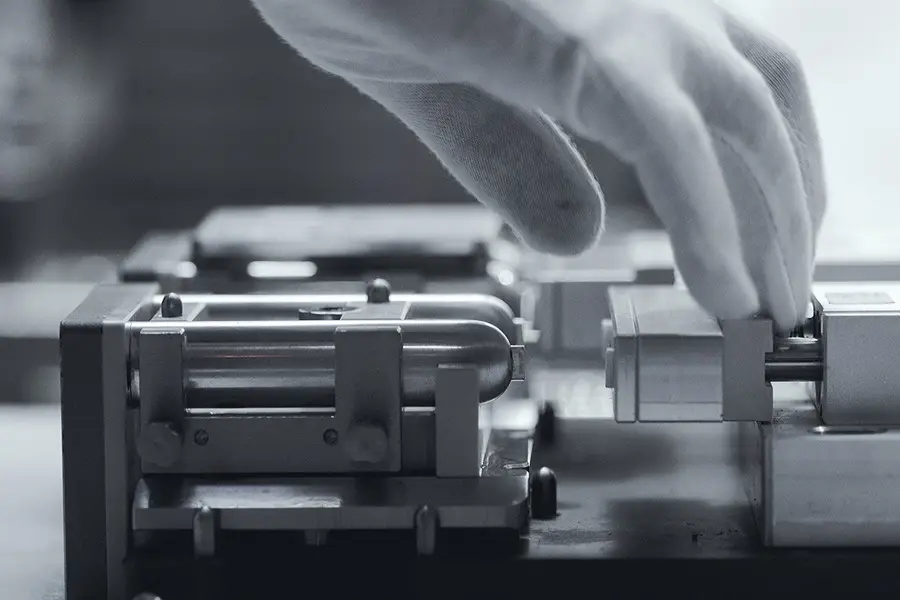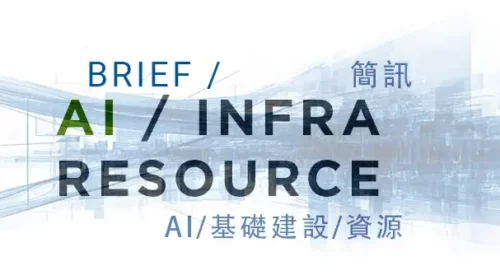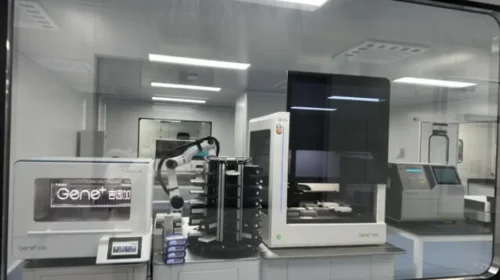Clearing regulatory air lifts RLX back to healthy growth

The vaping company reported its revenue rose 40% in the second quarter, helped by a new acquisition in Europe, as it explores other smokeless products
Key Takeaways:
- RLX’s revenue and non-GAAP profit grew 40% and 35%, respectively, in the second quarter, as it made further strides in its global expansion with a European acquisition
- The company is exploring entering other emerging areas in the smokeless market with its development of an oral nicotine product
By Doug Young
Having survived a global regulatory crackdown on vaping, a rebounding RLX Technology Inc. (RLX.US) is looking to the next big thing in other smokeless products containing nicotine, the main ingredient that smokers crave from tobacco. Meantime, the former Chinese vaping king continues to expand its footprint in other countries, as its home China market struggles to stamp out illegal products that now account for up to 90% of vaping sales.
Global expansion was the big driver for RLX in the second quarter, as it gained access to Europe with a new acquisition that closed in May. That purchase, along with growth in other international markets, helped to lift RLX’s revenue by 40% in the second quarter to 880 million yuan ($123 million) from 627 million yuan a year earlier, according to its latest quarterly results announced last Friday.
The strong growth comes on the back of a similar 45% revenue increase in the first quarter. Continued growth at that rate would lift RLX’s revenue to about 3.36 billion yuan this year. While that figure looks impressive, it’s still less than half of the 8.5 billion yuan the company recorded at its height in 2021, when vaping was all the rage and was largely unregulated in China, the company’s home market that accounted for all of its sales.
RLX was flying high when it made its U.S. IPO that year, raising a red-hot $1.4 billion at the height of the global vaping craze. Its value briefly shot as high as $27 billion before China quickly poured cold water over its story with a massive wave of new regulation. Among other things, the nation outlawed flavored vapes that were all the rage at that time. It also rolled out new product requirements and forced all companies to obtain new licenses, essentially forcing them to ditch their old product lines and create new ones from scratch.
The resulting vacuum allowed illegal products to take over the market – something that has endured to this day. RLX frequently mentions efforts by Beijing to stamp out such illegal products, but in its earnings reports it continues to estimate that 80% to 90% of products on the market are illegal. The problem stems from the fact that many of the illegal manufacturers are “small local workshops,” company officials said. Such companies can not only easily relocate under new names after being shut down, but may also often receive protection from local governments that value their contribution to their economies.
Despite the challenges in China, RLX said it managed to log “significant” year-on-year growth in the Chinese market during the second quarter.
In the absence of a more forceful crackdown, the company has turned to markets outside China to jumpstart its growth. That strategy began to bear fruit last year, when the company’s overall revenue doubled to 2.4 billion yuan from a low of 1.2 billion yuan the previous year. RLX currently operates in Southeast Asia and North Asia, which it entered by acquiring two companies for $24 million at the end of 2023. A new European acquisition that closed in May is providing entry to that important market, and began to make a “meaningful contribution” to the company’s revenue in the second quarter, Sam Tsang, RLX’s head of capital markets, said on its second-quarter earnings call.
Smokeless product expansion
RLX didn’t give a revenue breakdown between China and its international markets in its latest report. But it previously disclosed that international sales rose from just 17% of its revenue in 2023 to account for more than half of its sales in last year’s third quarter. At the time it said other potential markets it was exploring included the Middle East and Central America, and it also indicated it was making efforts to enter the U.S. market.
Investors greeted the latest report by bidding up RLX shares 7.1% last Friday, though they are still off their high for the year. And at their latest close of $2.40 and market value of $2.9 billion, the stock still has quite a way to go to return to its IPO price of $12 during headier times. But officials sounded optimistic on the globalization campaign, which is ramping up as those markets stabilize after a hazy period filled with new regulation.
“The global regulatory landscape for RLX products is becoming increasingly well-defined and straightforward, bringing greater clarity to compliance requirements, such as product standards and excise tax,” said Tsang. “For leading and compliant corporations like our company, this shift is delivering tangible benefits.”
The improving operating environment helped RLX boost its gross margin to 27.5% in the second quarter from 25.2% a year earlier. And the company also managed to limit its quarterly operating expenses to a 6.3% year-on-year increase, far smaller than its revenue growth. As a result, its non-GAAP income from operations more than doubled, and its non-GAAP profit also rose 35% to 291 million yuan from 215 million yuan a year earlier.
While vaping products remain its mainstay for now, the company also indicated it is exploring other smokeless tobacco products that have gained recent popularity, including “heat-not-burn” and oral nicotine products. Specifically, it has developed an oral nicotine product and completed prototypes last year that have yet to launch in the consumer market but have received “very positive” feedback from distributors, said CEO Wang Ying.
Despite all the controversy surrounding its business, RLX has managed to stay profitable throughout its history as a publicly traded company. That’s helped it to remain relatively cash-rich, including 15.5 billion yuan in cash, short- and long-term investments at the end of June.
The company has returned some of that to investors through share buybacks and two small dividends of $0.01 per American depositary share (ADS) in the last two years. It announced another $0.01 dividend per ADS in its latest results, which looks quite modest in terms of cost to the company, costing about $12.3 million, based on its latest share count. But it hinted it could potentially raise that amount in the future. “We are also looking at more efficient means for providing future shareholder returns,” Tsang said on the earnings call.
To subscribe to Bamboo Works weekly free newsletter, click here





